While automakers are fiercely debating whose battery offers a kilometer more range or a fraction of a second faster 0-100 km/h acceleration, most car owners are completely unaware of a fundamental question: is the battery in their car, worth tens of thousands of yuan, ternary lithium or lithium iron phosphate? Even more absurdly, many people who have spent two or three hundred thousand yuan on a car can’t even explain the difference between these two types of batteries.
Salespeople love to recite specifications from a rosary: ”Our car uses an industry-leading ternary lithium battery with an energy density of 200Wh/kg.” It sounds impressive, but in layman’s terms, it means: this thing can hold more electricity for the same size, and travels farther. Sounds good? Don’t rush to open your wallet. This “leading” ternary lithium battery comes at a high price; not only is the battery itself expensive, but if a problem arises later and you need to replace it, you might have to spend tens of thousands more.
Here’s the interesting part. The data from the first three months of 2025 speaks for itself: lithium iron phosphate (LFP) batteries saw an installed capacity of 105.2 GWh, accounting for 80.8% of the market, a year-on-year surge of 93.6%. Meanwhile, ternary lithium batteries saw an installed capacity of only 25.0 GWh, with their share plummeting to 19.2%, a year-on-year decrease of 19.0%. What does this data tell us? It shows that truly savvy automakers and consumers have already voted with their wallets.
The marketing departments of automakers are masters of downplaying the real issues. They’ll rave about how ternary lithium batteries can function normally at -30 degrees Celsius, but they’ll never mention that their cycle life is only half that of LFP batteries. LFP batteries can be charged and discharged 2000-3000 times, while ternary lithium batteries? At most, just over 1000 times. Even more critically, there’s the safety issue. LFP batteries have a thermal runaway temperature as high as 800℃; you’d have to throw it into a steel furnace to cause any problems. What about ternary lithium batteries? They become unstable at 200℃, which is why every time a new energy vehicle spontaneously combusts and trends on social media, the comments section is always filled with questions like, “Does it use ternary lithium batteries?”
But you think that’s all? Automakers’ calculations go on. Those brands targeting the mid-to-high-end market insist on using ternary lithium batteries. Why? Because higher energy density sounds more sophisticated and is more of a marketing gimmick. “Our range reaches 700 kilometers,” as if you drive between Beijing and Tianjin every day. In reality, most people don’t even drive 20,000 kilometers a year; their daily commute is only a few dozen kilometers. Using ternary lithium batteries is like using a sledgehammer to crack a nut—an expensive and dangerous sledgehammer.
Mid-to-low-end models and commercial vehicles are much more honest, going straight for lithium iron phosphate batteries. Why? Because ride-hailing drivers and commercial vehicle drivers are the ones who actually use their cars every day. They need durability and reliability, not some “industry-leading” parameter. How many Didi drivers have you seen bragging about their battery energy density? They care about how many years the battery will last and how much it costs to replace.
The most ironic thing is those so-called technological breakthroughs. “Rapidly increasing shipments of high-nickel ternary materials,” “cobalt-free batteries, NCMA batteries, and other new material systems”—they sound impressive, but essentially they’re just patching things up within the ternary lithium framework. To put it bluntly, it’s just a little more nickel, a little less cobalt, which lowers costs slightly, but the fundamental problems remain unsolved. It’s like constantly changing the oil in a leaky car instead of fixing the leak.
The industry secret is clear: China accounts for over 70% of the global battery market, and lithium iron phosphate technology is already incredibly mature. Those car companies using ternary lithium as a selling point are simply trying to make more money. Consumers pay tens of thousands of yuan more for not some cutting-edge technology, but rather to give bonuses to the car companies’ technical and marketing departments.
Even more interesting is the charging experience. Those who bought cars with ternary lithium batteries start bragging every winter: “Look at my car, it can still run 400 kilometers at -20 degrees Celsius!” But what they won’t tell you is that they spent tens of thousands more for this low-temperature performance, and they only get to use it for a month or two a year. What about owners of lithium iron phosphate batteries? The range might drop a little in the dead of winter, but the money they save is enough to power heated seats for a lifetime.
Ultimately, choosing between ternary lithium and lithium iron phosphate isn’t a technical issue, but rather a matter of overpaying. Car manufacturers use all sorts of parameters and jargon to confuse you, making you think you’re buying “future technology” for tens of thousands more. In reality? Lithium iron phosphate is cheap, safe, and durable; its only drawback is that it doesn’t sound as high-end as you can brag about to your friends. But what’s truly interesting is that even high-end models costing hundreds of thousands are now secretly using lithium iron phosphate, just with a different marketing term: “long-life battery” or “ultra-safe battery.”
So next time a salesperson is touting how great ternary lithium batteries are, just ask them, “What kind of battery does your boss drive in his car?” See how they answer. Market data speaks for itself: lithium iron phosphate accounts for 80.8% and is still rising, while ternary lithium has fallen to 19.2% and is still falling. This so-called technology battle has already been decided. It’s just that some car companies are unwilling to admit it, because if they did, they couldn’t continue to collect “intelligence tax.”

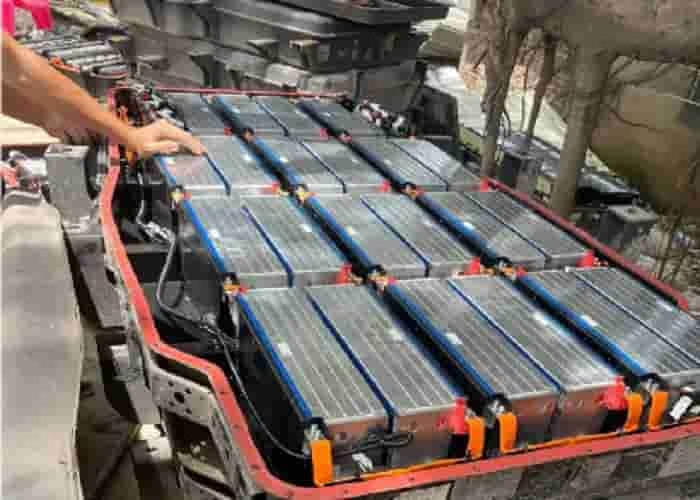
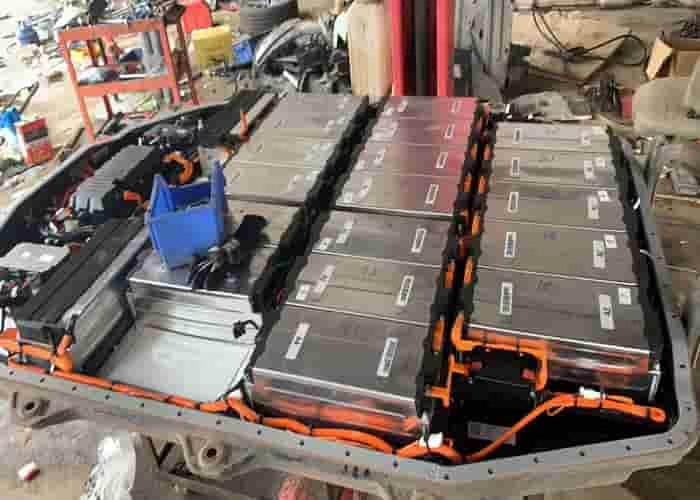

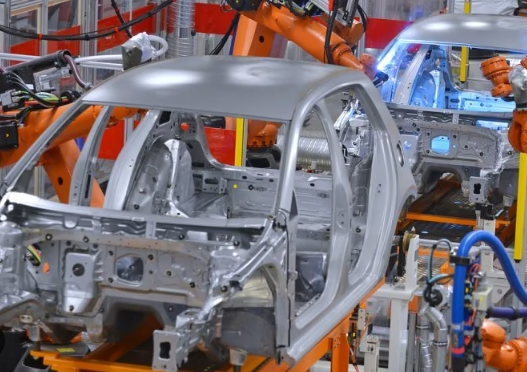
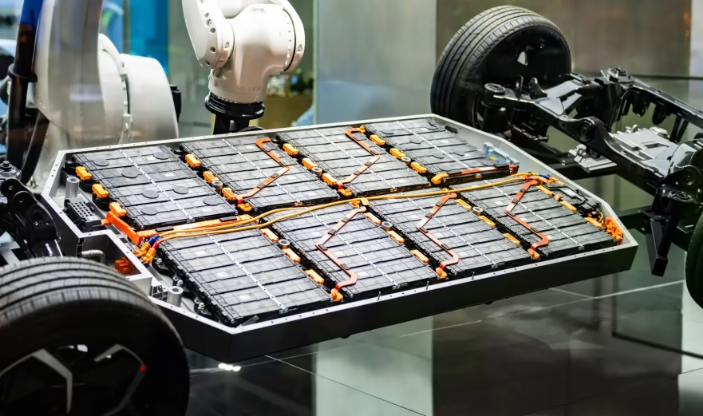
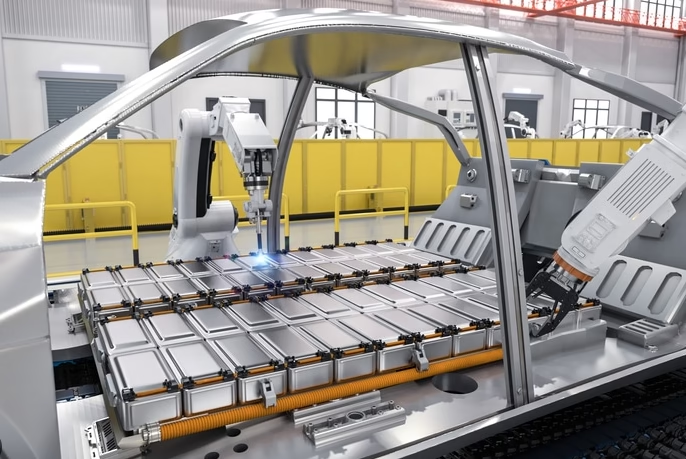
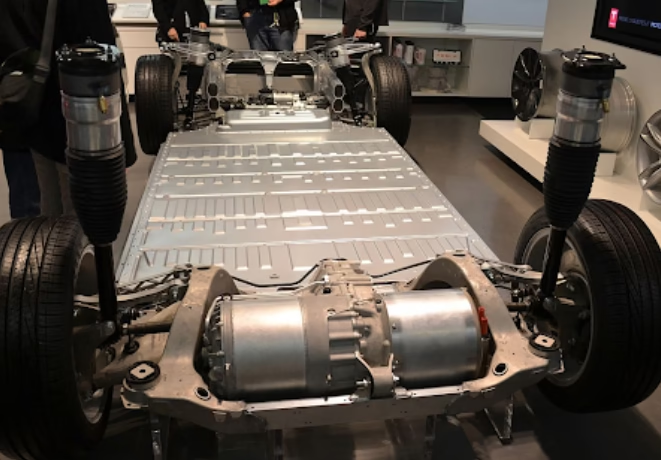
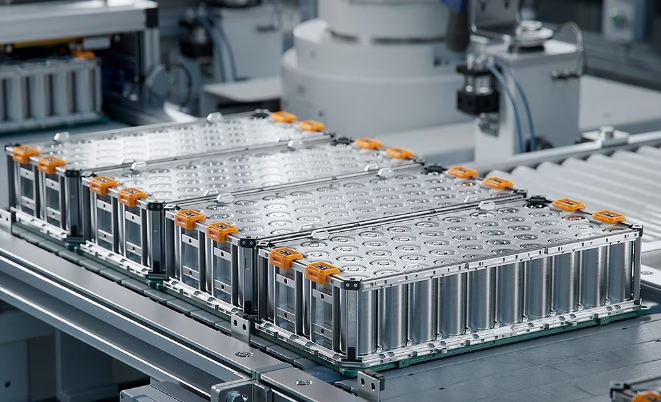
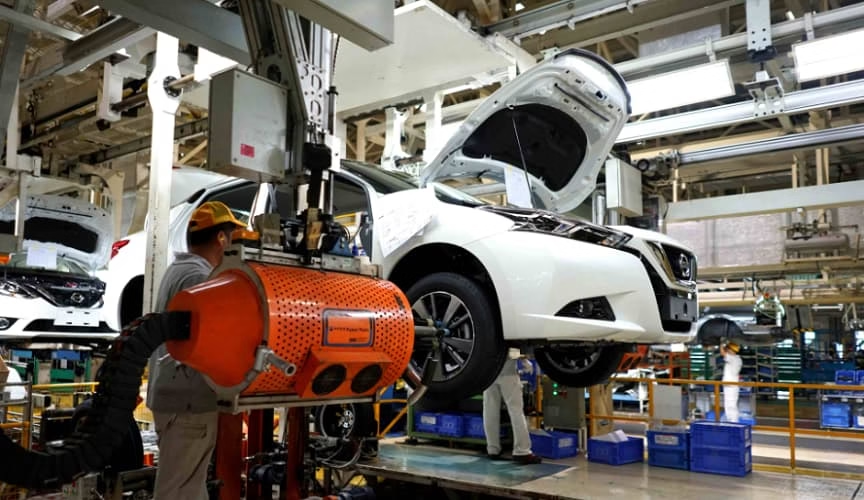
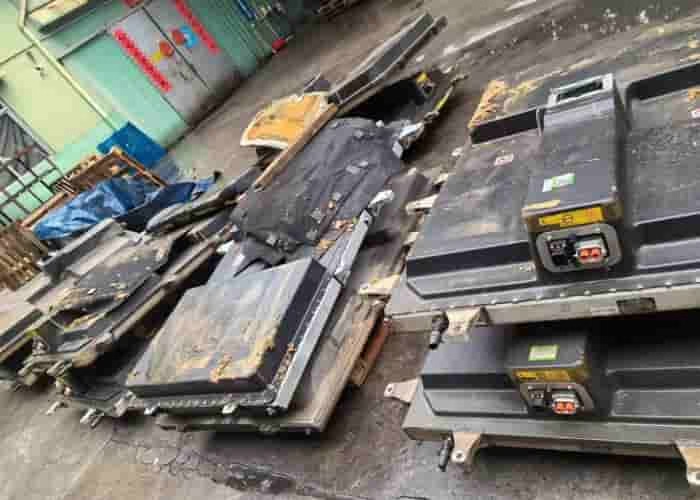
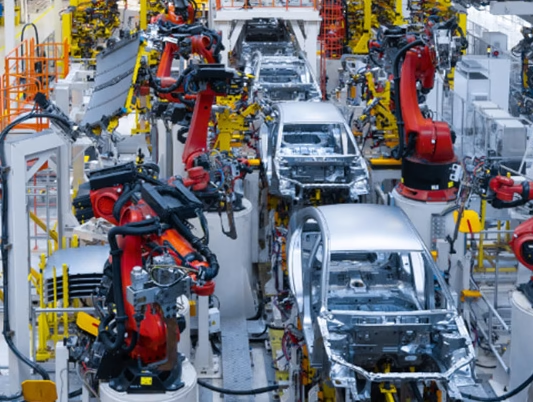
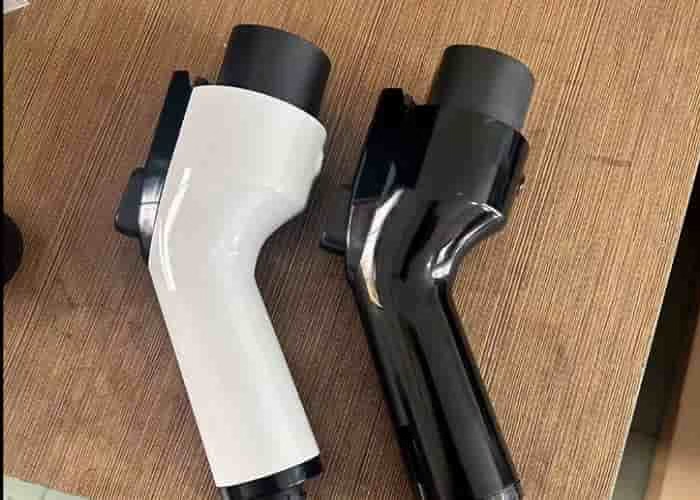


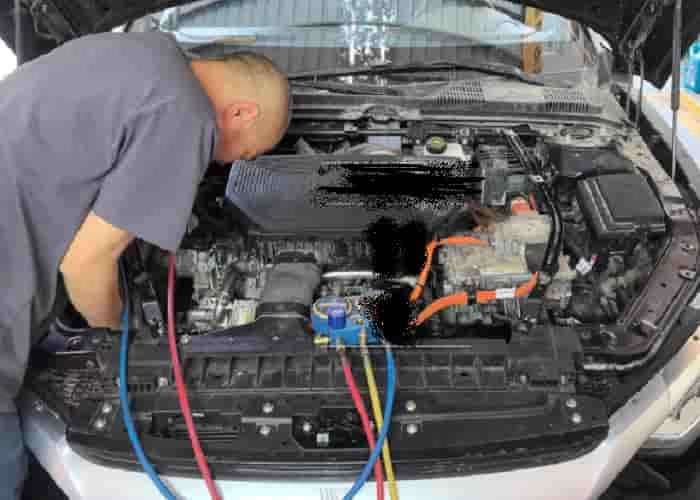
Leave a Reply